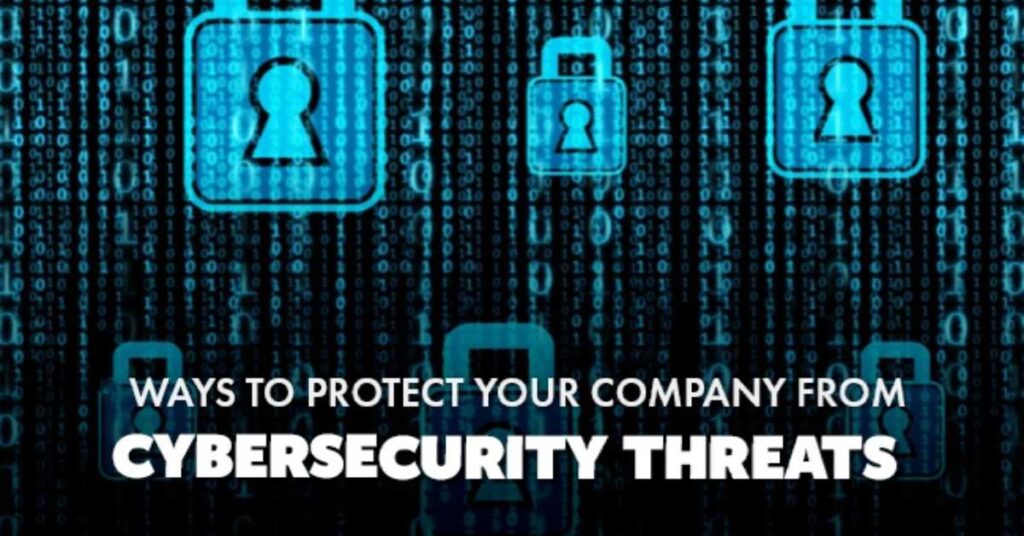Email: [email protected]


To protect your business from cybersecurity threats, implement robust security measures. Install and update anti-virus software to detect malware. Use strong passwords and enable multi-factor authentication to prevent unauthorized access. Regularly back up data and store it securely. Train employees on best practices like phishing detection and safe browsing.
Implement a firewall and intrusion detection system to monitor and block suspicious activity. Consider advanced solutions like endpoint protection, threat intelligence, and SIEM systems. By taking a proactive approach, businesses can significantly reduce the risk of a successful attack and protect their assets from cyber threats.
To stay ahead of cybersecurity threats, businesses must remain vigilant and proactive. Stay informed about emerging threats and vulnerabilities through industry news and trusted sources. Regularly update software and systems to patch vulnerabilities. Conduct security audits and risk assessments to identify potential threats. Develop an incident response plan to quickly respond to security breaches.
Consider investing in threat intelligence services, security orchestration, and automation tools to enhance cybersecurity posture. By taking a proactive approach, businesses can stay one step ahead of cybercriminals and protect sensitive data and systems from evolving cyber threats.
In the event of a cybersecurity breach, swift incident response and recovery are crucial to minimize damage and downtime. Develop a comprehensive incident response plan, outlining procedures for containment, eradication, recovery, and post-incident activities. Designate an incident response team and implement incident response tools like SIEM systems.
Conduct regular training and exercises to ensure preparedness. Have backup and disaster recovery plans in place, including data backup, system restore, and business continuity procedures. Effective incident response and recovery can help businesses mitigate the impact of a breach and quickly return to normal operations, minimizing financial and reputational losses.
In conclusion, cybersecurity threats pose a persistent risk to businesses. Understanding attack types, vulnerabilities, and breach consequences is crucial. Implementing robust measures like threat detection, incident response, and employee training can significantly reduce attack risk. Staying informed about emerging threats, updating systems, and conducting security audits are also vital.
By prioritizing cybersecurity and taking a proactive approach, businesses can protect sensitive data, prevent financial loss, and maintain customer trust. Cybersecurity is an ongoing process requiring continuous vigilance and adaptation to ensure business security, integrity, and success. Proactive measures can help businesses stay ahead of cybercriminals.
SEE ALSO: The Future of Cloud Computing: Trends, Predictions & Insights.












To provide the best experiences, we and our partners use technologies like cookies to store and/or access device information. Consenting to these technologies will allow us and our partners to process personal data such as browsing behavior or unique IDs on this site and show (non-) personalized ads. Not consenting or withdrawing consent, may adversely affect certain features and functions.
Click below to consent to the above or make granular choices. Your choices will be applied to this site only. You can change your settings at any time, including withdrawing your consent, by using the toggles on the Cookie Policy, or by clicking on the manage consent button at the bottom of the screen.
